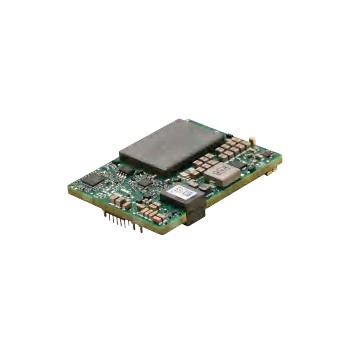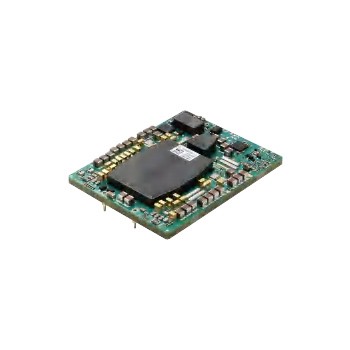In recent years, the application of module power supply has become more and more extensive, and the requirements for it in the design of electronic products have also become higher and higher. Especially in recent years, the rapid development of the electronics industry, the improvement of traditional networks and the rise of emerging mobile Internet have led to the rapid development of data services and the continuous promotion of distributed power supply systems, and the growth rate of power modules has far exceeded that of power supplies. With the extensive use of new semiconductor technology, packaging technology and high-frequency soft switching, the power density of the module power supply is increasing, the conversion efficiency is getting higher and higher, and the application is becoming simpler and simpler. The module power supply is widely used in access equipment, switching Equipment, mobile communication, microwave communication, optical transmission, router and other communication fields, as well as railway high-speed rail, automotive electronics, aerospace, industrial control automation, etc. Due to the systematic way of modularized power supply, the advantage is that it has the characteristics of short design cycle, high reliability, high conversion performance, stable quality, and easy system upgrade.
Advances in semiconductor integration, module power packaging, and circuit topology have brought module power into a new field, and module power is developing step by step to the device level. With the advancement of module power integration and consistent design, the application of modules is becoming more and more standardized, the application circuit is becoming simpler and the selection is relatively easy. Various module power supply manufacturers have begun to integrate devices and circuits to minimize costs and improve competitiveness.




